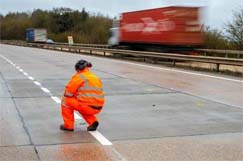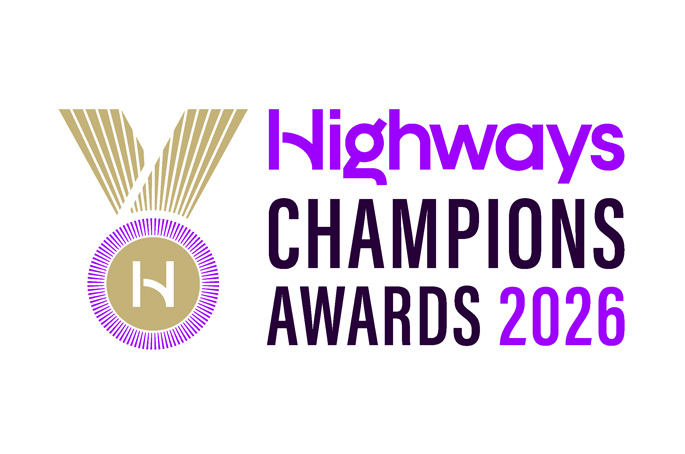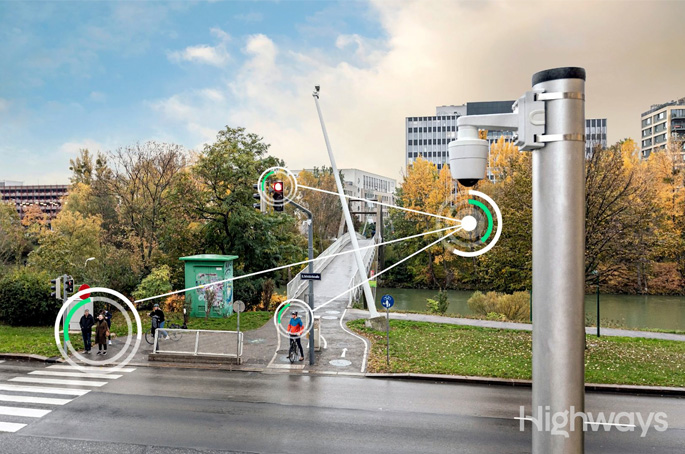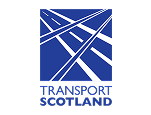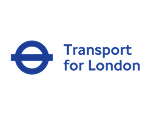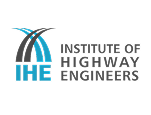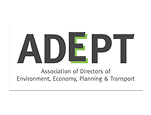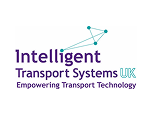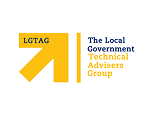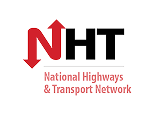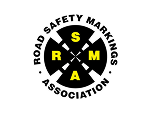The work that National Highways, KOREC and AECOM have done to create an end-to-end digital system through the concrete roads programme is not just about upgrading a legacy asset, it is about establishing a new legacy - the very future of highway maintenance.
All infrastructure assets have a limited life span but with the vagaries and short-term priorities of a political funding landscape this can be overlooked and expensive renewals put off until it is too late, as we saw recently in the Reinforced Autoclaved Aerated Concrete debacle in the school estate.
So National Highways is to be celebrated for establishing its £400m concrete roads programme, designed to address the ageing 400 miles (4%) of England's strategic road network that were built from concrete, largely in the 1960s and 1970s.
Those roads are now coming to the end of their design life and innovative repair, upgrade and recycling techniques are being used to address the issue.
However, the programme goes much further than that and has seen the creation of bespoke systems to support end-to-end digital protocols with data managed through a supporting portal, covering everything from the digital surveys, to digital design and construction and finally the digital handover.
At the heart of this process, bringing in the data and tying it all together, is the work KOREC is doing on surveys, geo-location, and AI defect identification.
Mark Reid, professional services director at KOREC Group, explains: ‘For us as a geospatial survey business, location data is what we do every day but when we came to this issue on highways it became evident it as even more important because even today everything is positioned by [road] section.
‘The simple idea of using GPS and a co-ordinate for everything is a real game-change. When we are trying to create digital twins, we are layering lots of information, whether it's existing asset information or a new survey, and the way we can bring all that together is by location so that geographical information is really important.'
The end-of-end digital process starts with KOREC deploying mobile mapping through driven surveys that can be undertaken at normal traffic speeds. This gathers a huge amount of data to inform the optioneering process without any road closures.
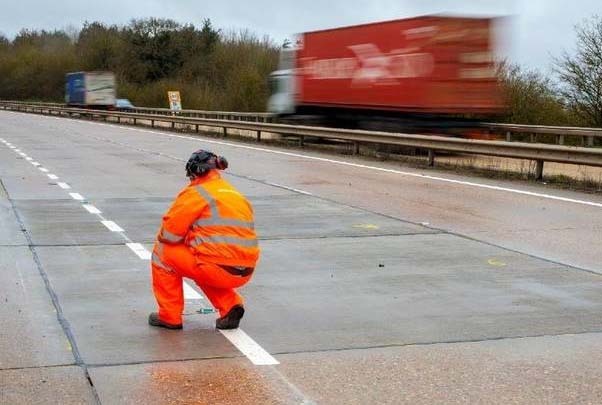
‘From that survey, we get some really rich 3D LiDAR information as well as imagery information and a very detailed picture of the schemes. One of the challenges with that technology is we capture so much data the data is only good if you can extract the value,' Mr Reid says.
‘The way we extract the value is to deploy our AI and machine learning technology to automatically review the information and extract all the data we need to feed into the downstream processes. We look at the defects we have and plot them out very accurately and that data can be used for deterioration modelling, to understand what schemes need to be prioritised. Because it is so accurate, that same information can be used for design as well.'
The AI's machine learning system can already detect the following types of defect automatically from pavement imagery: spalling, transverse crack, corner crack, pothole, failed repair, diagonal crack, good condition repair, longitudinal crack, scaling and ravelling.
The benefits of this highly accurate information are myriad. Michael Ambrose, technical lead at National Highways, tells Highways: ‘It allows us to develop a very accurate bill of quantities straight away, which is a big win in terms of time and means I can look at things more holistically around issues like traffic management.
‘We can also tie that into a cost and carbon model and quickly and easily look at where we might make carbon savings by choosing certain types of repair material very early on in the design and through the design process thereafter.
‘It also means instead of walking down the road with a paper map in your hand, you walk down with a digital tool and you know you are accurate. It may sound simple, in a carriageway you would think you would know where you are, but it can be difficult.
'Defects can look similar and to be able to pinpoint to 2cm or greater accuracy is extremely useful.'
The digital system also allows the deployment of virtual reality and augmented reality so the team can virtually ‘walk the road' and see where the intended repair was supposed to go. This can help with quick decision-making as well as the health and safety elements of planning works.
A portal created as a repository for all this data, allows each partner in the supply chain team to access data at the level they need from design to early contractor involvement for contractors delivering the work.
Accurate ‘as built' information is created within five minutes of a job. Once the work is done, for bigger repairs for instance, surveyors can discuss exactly what work was carried out, when and where, with photo or video evidence creating an invaluable audit trail.
A report by AECOM found that there was a saving of £3,900 per lane kilometre overall by deploying the current level of end-to-end digital.
Mr Ambrose suggests that in this Road Investment Strategy so far ‘we have had quite large efficiencies around £30,000 on small schemes and around £154,000 on large schemes; those will only improve over time as we start to deploy all the functions in the portal'.
Aside from the more current practical benefits, for future planning and maintenance work, the portal can make use of work AECOM has done on future deterioration modelling.
Jessica Tuck, technical director at AECOM, says: ‘Early on in the programme we realised the deterioration rates, nor the current condition of concrete roads were very well understood. That makes it difficult to set a performance-based asset management strategy and a funding plan for these assets, which are ageing and changing all the time. The AI defects data has allowed National Highways and the team at AECOM to deliver a data-driven deterioration model for the assets and this is the first one that exists globally, as far as we know. So it's a piece of innovation.
‘If we know the condition of our network at a given time it allows us to predict when any of the assets are likely to need treatment or when it will reach a condition when reconstruction becomes more cost effective than continued maintenance. It helps us to prioritise the interventions to improve the effectiveness of activities, to produce budgets to optimise budgets and ultimately to achieve the best value.
'Those deterioration models are developed and in use. We are using them now for planning over the next road investment strategy period [2025-2030]. And as we get more data in from KOREC doing surveys, we will re-run the AI and get new defect data so we will improve and refine the deterioration model.'
AECOM also updated the Concrete Pavement Maintenance Manual for this project for the first time since the early 1990s. It is available online and gives practical advice on defect identification and the deterioration estimates for repairs.
KOREC has now completed its 2023 surveys, which consisted of 1,605 lane kilometres covering 56 individual concrete schemes across the country. In addition to using this data for the continued deterioration modelling, KOREC has worked with AECOM to train a new AI model for defect detection, which is delivering improved performance for automatic defect detection with an even higher positional accuracy and confidence level.
The company told Highways that ‘this gold standard AI can now also be used effectively for design purposes for the life extension and Reconstruction schemes on the framework'.
Detailed 3D topographical drawings have also been created for all schemes as a key input for design.
The plan is to further improve the AI results through the addition of the LiDAR data and also develop the model to work on asphalt roads. When the survey imagery is combined with the LiDAR data, it could give accurate information on the size and depth of defects as well as their nature and location.
‘Several schemes have now gone to the construction phase with as-built data being recorded using the K-Capture field app and handed over using the KlearView360 portal,' KOREC says.
Believe it or not, all this could be just the start, as more and more information can be added. Mr Reid says: ‘We have also started to capture ground penetrating radar information, thermal imagery, noise along the road and integrating it with data from IoT sensors.'
These sensors have been placed 1.5 metres below the road surface for the first time, as well as inside and above the road surface. Among the new insights gathered from these sensors is the impact of weather on the concrete asset. One slab of concrete gained 27C in one day, resulting in movement of around 3mm-4mm. Insights like this go towards preventing the 139 small road closures National Highways had in 2022 because of the heat impacts.
In total the concrete roads programme could run for 30 years, and it is thought around 30,000 to 40,000 people could access the digital portal over that time. This not only ensures that information is retained and passed on to future generations but helps the industry prepare for the technology of the future such as autonomous vehicles. It all starts with one simple concept – knowing where we are right now.

